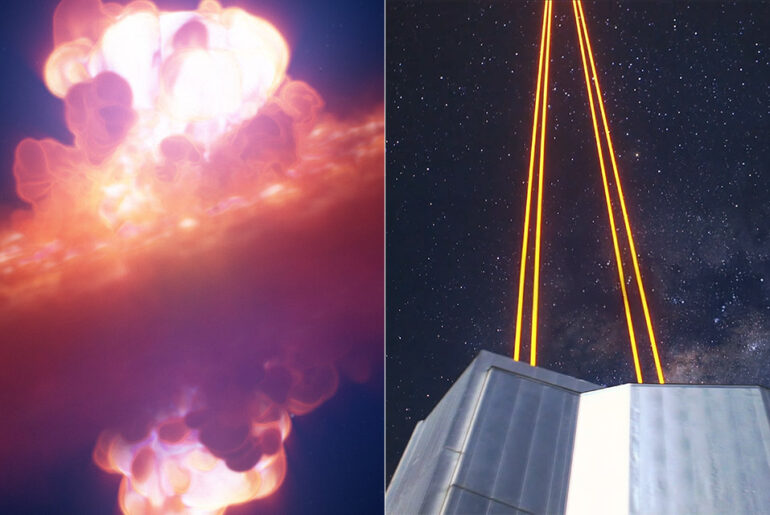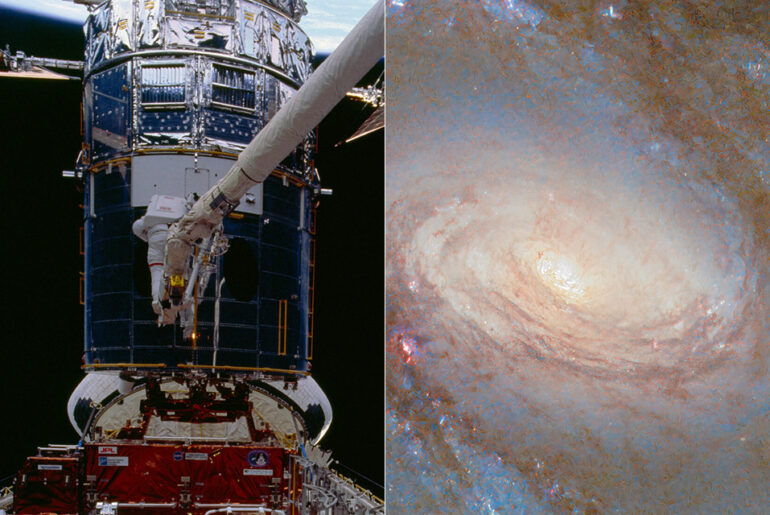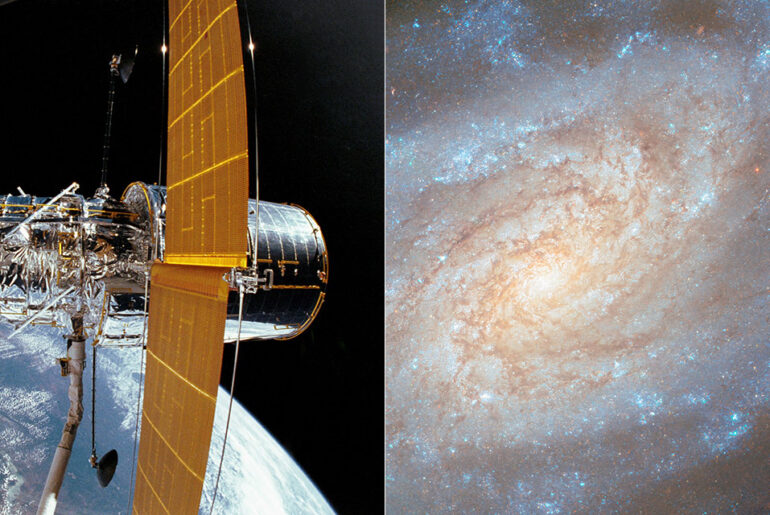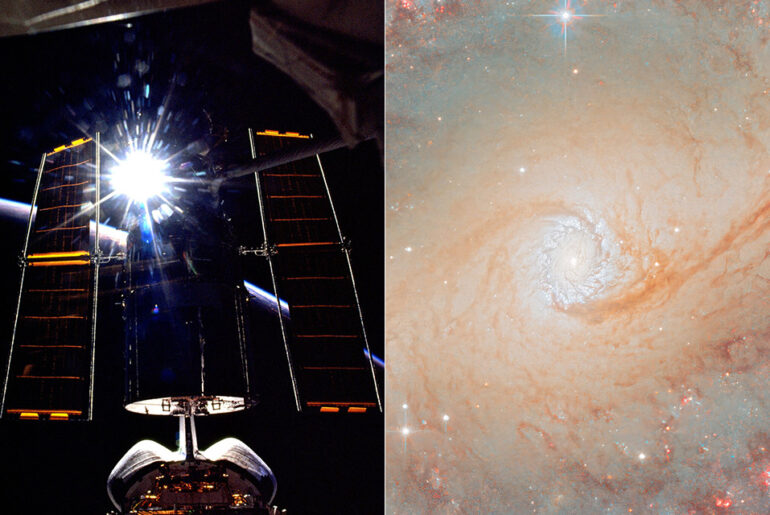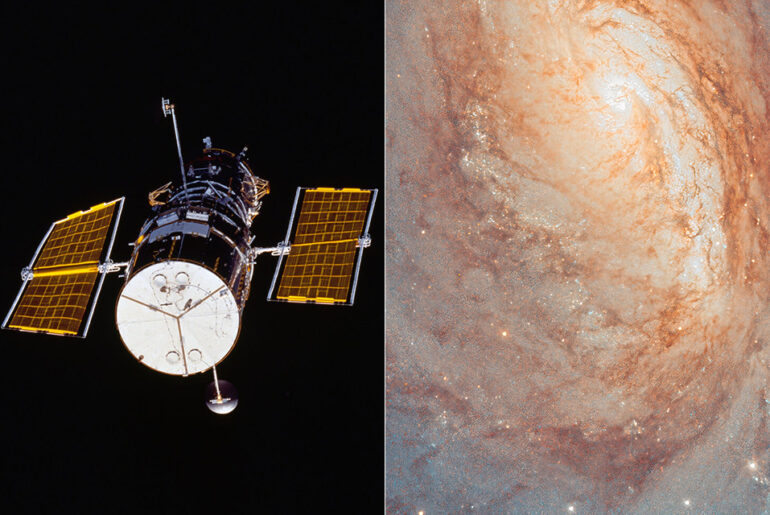
Yi Yang, an assistant professor at Tsinghua University, had barely touched down in San Francisco from a long flight when his phone started blowing up with alerts. A massive star – all 22 million light years away in the galaxy NGC 3621 – was going out in a blaze of glory at the end. What we now know as SN 2024ggi started lighting up on April the 10th, 2024. Within a few hours, Yang was on the phone to the European Southern Observatory, begging them to get a look at it. And by the next day, the ESO’s Very Large Telescope in Chile is swinging round to get a glimpse of the distant supernova explosion.

NGC 1511, a spiral galaxy located 50 million light-years away in the serene constellation Hydrus, will not remain calm. New Hubble Space Telescope photos reveal a disc practically edge-on, burning blue with millions of newborn stars. The birthplace of new suns is marked by red and pink hydrogen clouds. Dark ribbons of dust cross the face, obstructing light and heightening the already tense situation.
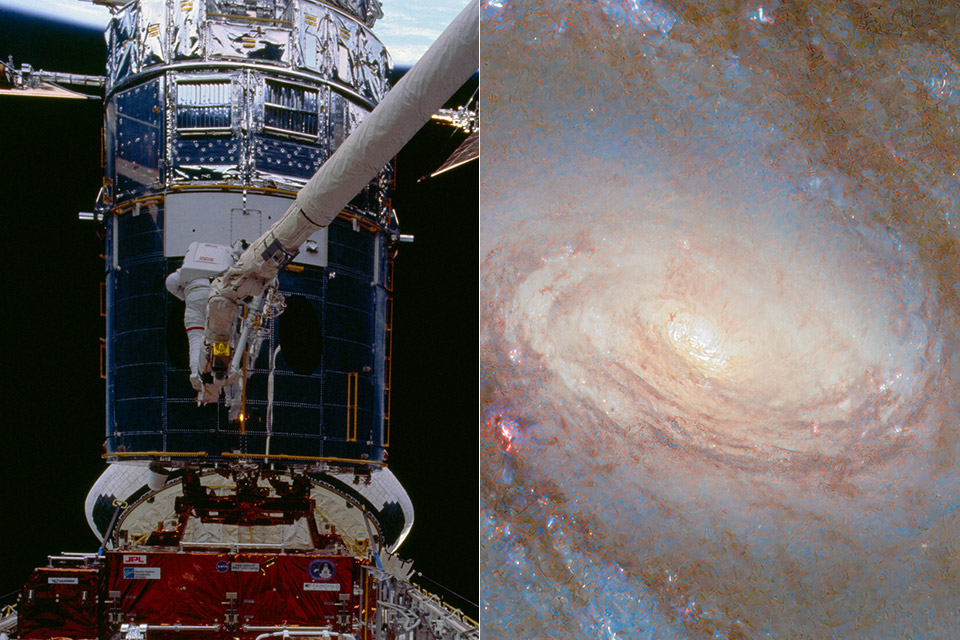
High up in the sky above the Earth, NASA / ESA’s Hubble Space Telescope has been turned on NGC 4102 – a galaxy that isn’t one for loud and flashy displays. Perched 56 million light-years away in the constellation Ursa Major (Great Bear), this is a spiral galaxy that looks like its been caught mid-spin, with the music still playing, but paused.
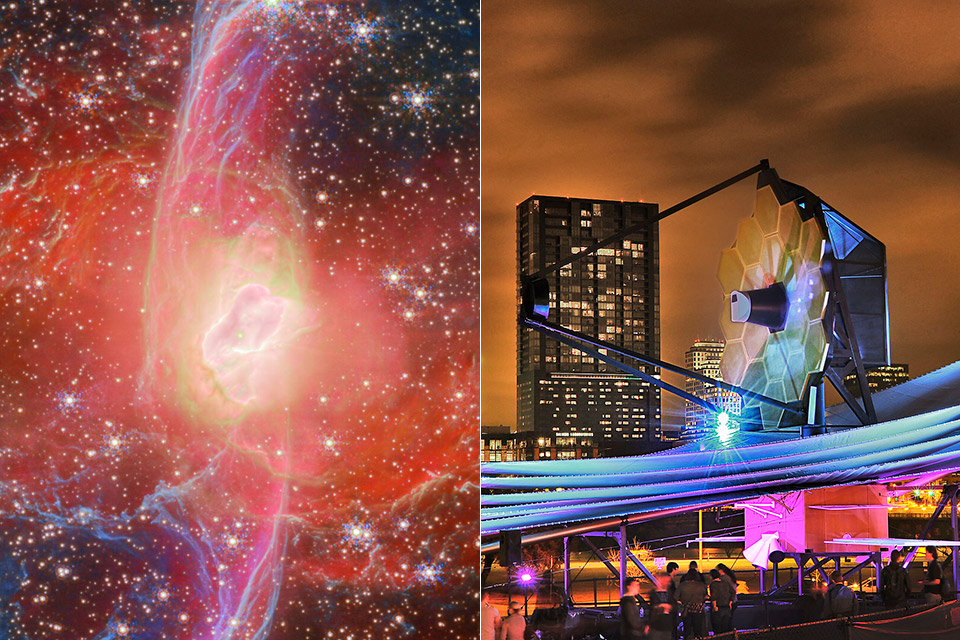
NASA’s James Webb Space Telescope has pulled off a spooky gift for Halloween . A star is on its last legs in the constellation Sagittarius – thousands of light years away. Stars like our Sun follow a rather predictable path. They burn hydrogen for billions of years before eventually running out of steam. As the outer layers expand, the center begins to contract.
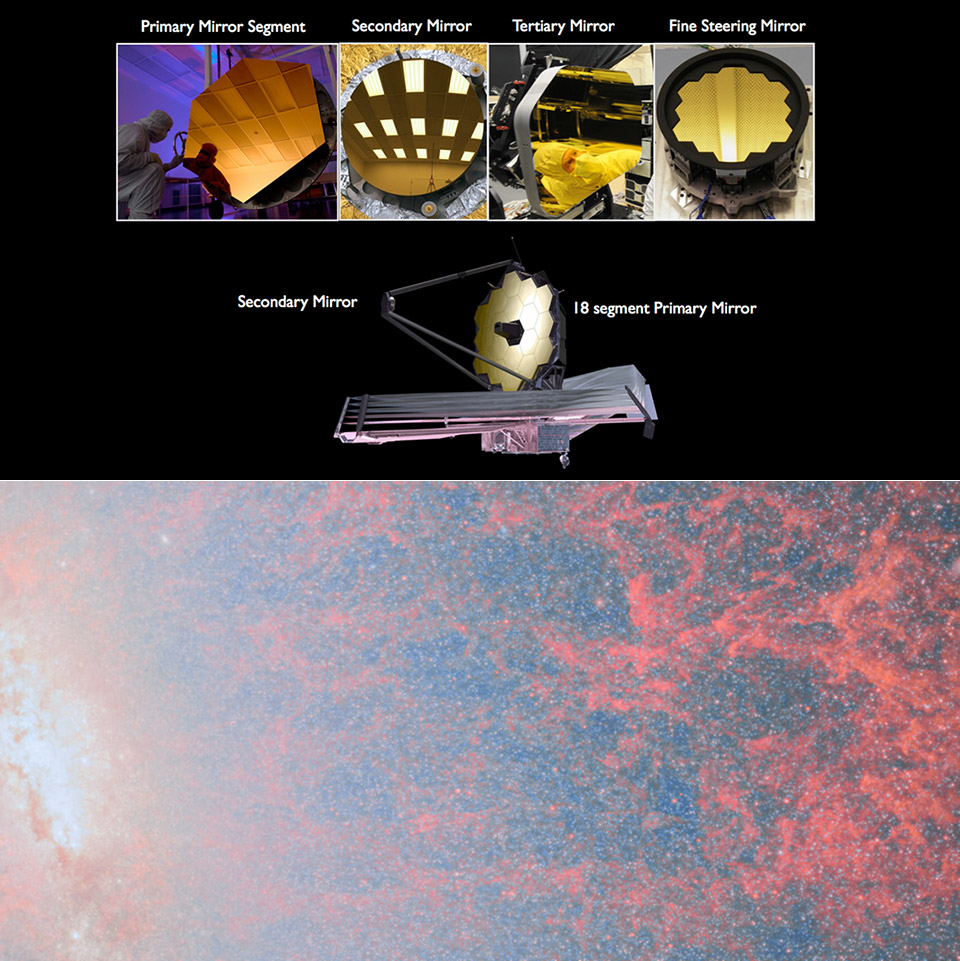
M82, located 12 million light-years away in Ursa Major, has long been an oddball. Smaller than the Milky Way, it is five times brighter and produces stars ten times quicker than its size would predict. NASA’s James Webb Space Telescope photographed this starburst galaxy in a way that feels like opening the curtain on a cosmic fireworks display.
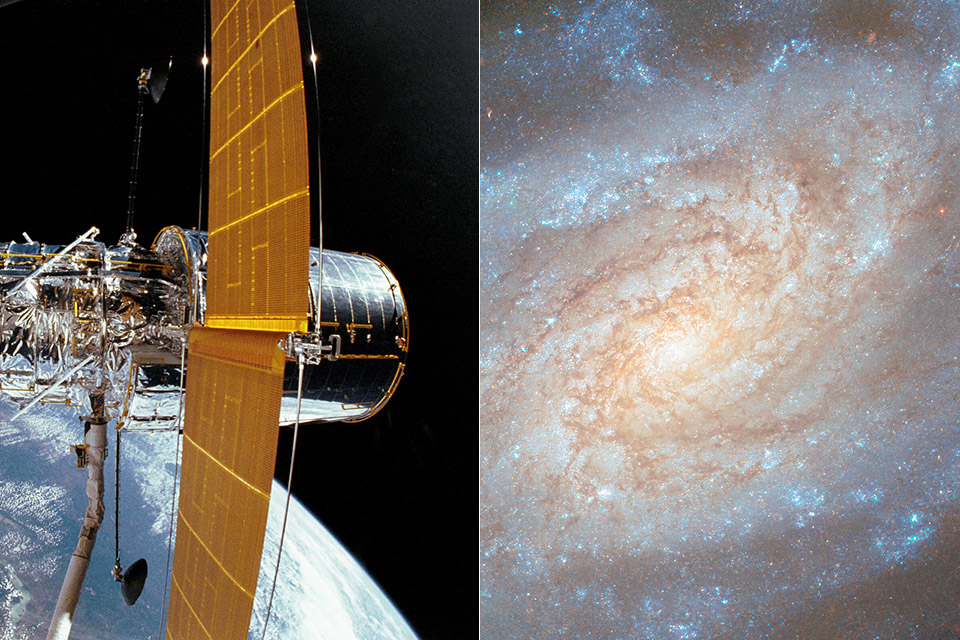
For over two decades now, NASA / ESA’s Hubble Space Telescope has been coming back NGC 3370, a spiral galaxy 90 million light-years away in Leo, for another look, and their latest image shows off the galaxy’s stars in hypnotic fashion as they gradually fade from bright yellow in the center to those vivid blues at the edges.
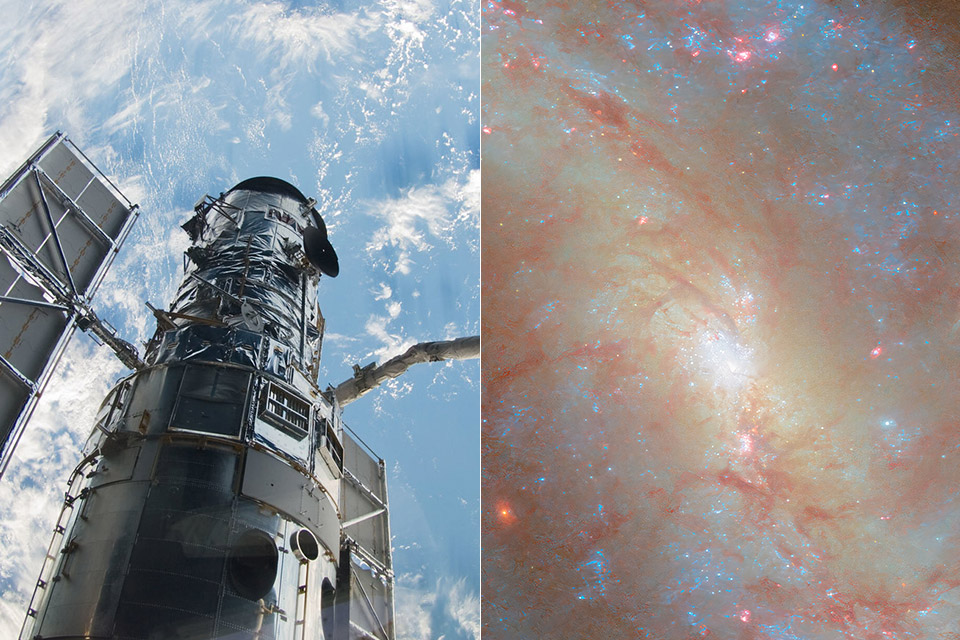
NGC 7496, a spiral galaxy in the constellation Grus located about 24 million light years away, has recently been imaged in high detail by the Hubble Space Telescope. This latest image reveals what it looks like to view a galaxy that is a true hub of activity, with blazing groupings of stars and nebulae cradling the entire star birth and death process.
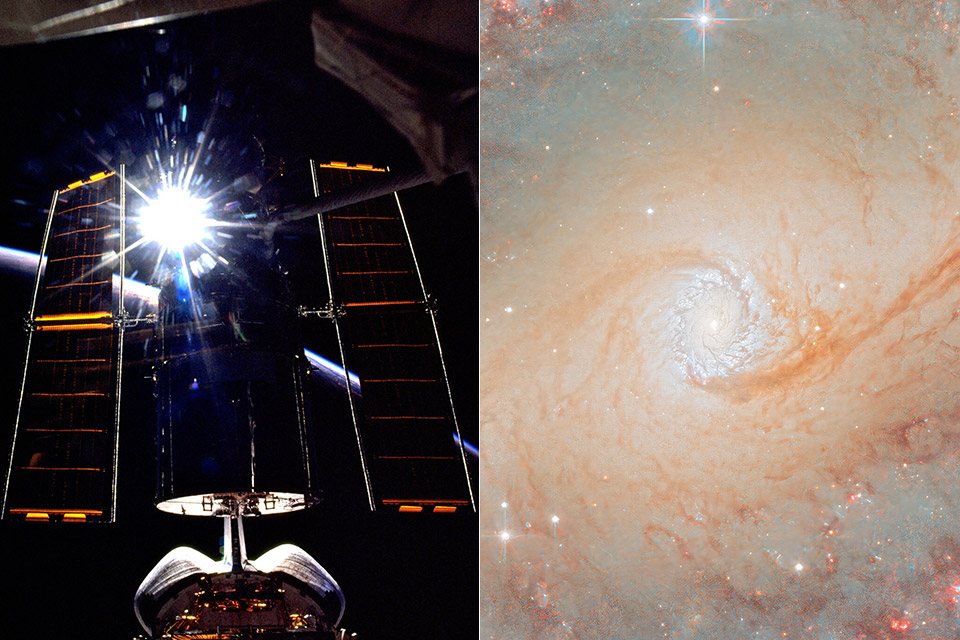
NGC 6951, a spiral galaxy located 70 million light years away in the constellation Cepheus, is not your typical galaxy. This week’s Hubble Space Telescope image is a cosmic beauty, with spiral arms full of ruby-red nebulae, a golden core full of old stars, and a ring where new stars are formed.
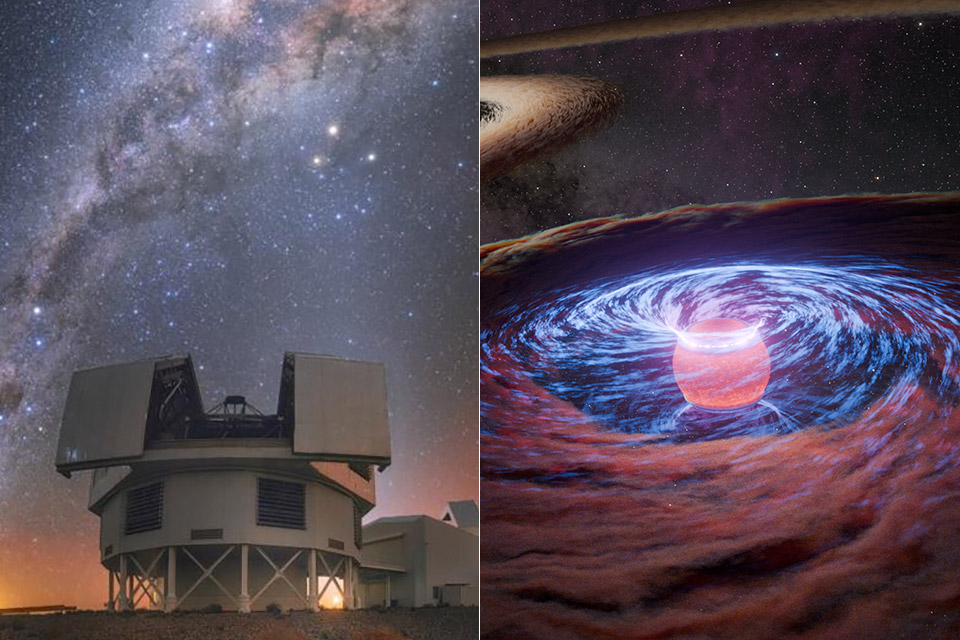
Photo credit: Yuri Beletsky via Harvard
A team of astronomers has captured something amazing: a picture of a baby planet, still growing, nestled in a gap in a disk of gas and dust around a distant star. WISPIT 2b is a protoplanet 5 times the mass of Jupiter and 5 million years old, which is nearly 1000 times younger than Earth. It orbits star WISPIT 2, 437 light years away and this is a first. A planet has never been seen forming in one of these ring shaped gaps, confirming a long held theory about how planets affect their surroundings.
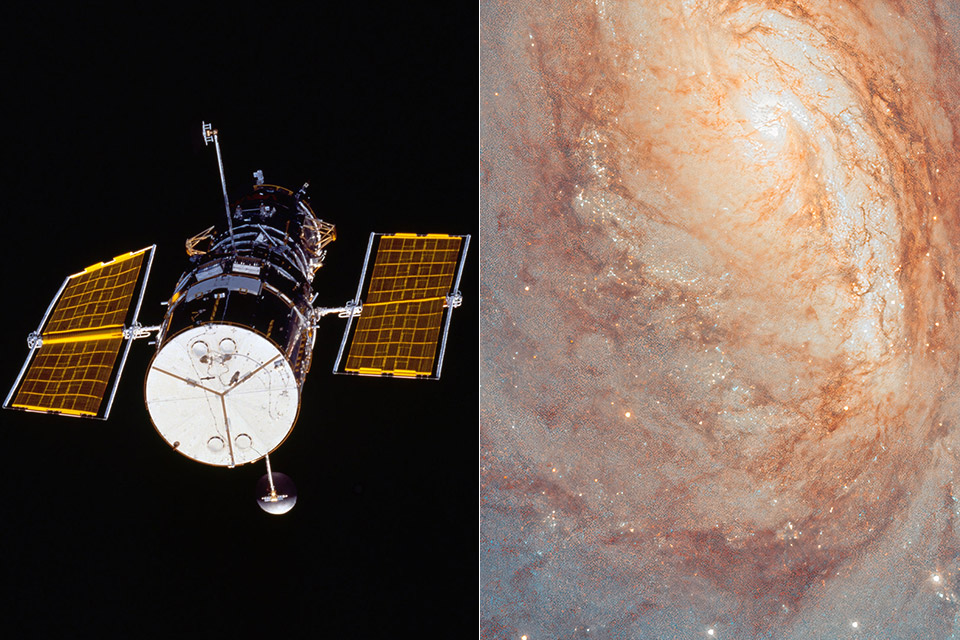
A spiral galaxy in the Scorpius constellation, 100 million light-years away, is a beauty to say the least. NASA/ESA’s Hubble Space Telescope captured images of NGC 6000, which has a golden core and blue arms, providing a glimpse into stellar evolution, supernovae, as well as an unexpected visitor from our own Solar System.

